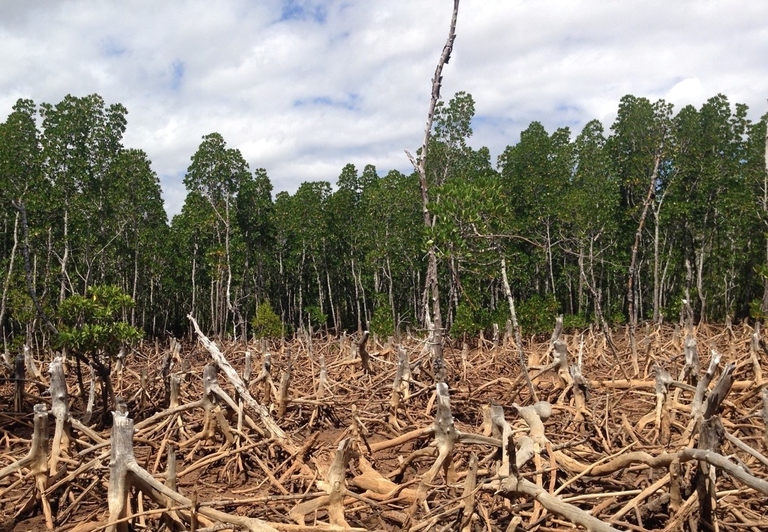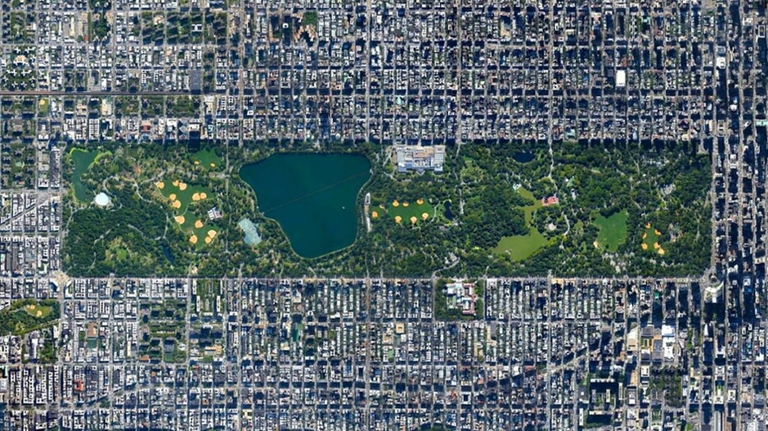
The Amazon became an alternative classroom during the pandemic. Now, the educational forest in Batraja, Bolivia, lives on to teach children and adults the value of nature.
Architects Stefano Boeri’s call to action on urban forestry asks planners all over the world to consider greening our cities as the core element of all projects.
In view of the first World Forum on Urban Forests that will be held in Mantova this year, Stefano Boeri launched an international call to encourage urban forestry. His Milan-based architecture studio is making a big impact on the status quo of building by encouraging the systematic presence of plants in the urban environment. After showing a strong commitment towards sustainable architecture through projects such as the Vertical Forest in Milan, a skyscraper covered in plants that has become a model for ecological residential building, Boeri now wants to engage all planners, architects and designers to integrate green spaces in their projects.
Forests and trees absorb a fifth of carbon emissions produced by our cities every year. Leaves and roots fix CO2 through photosynthesis and help reduce pollutants in the air, responsible for respiratory diseases, which kill seven million people a year globally according to the World Health Organisation (WHO). In spite of the enormous gift they give, green areas are continuously at risk and we’ve lost 7 per cent of the world’s pristine forests since 2000 according to a study published in the journal Science Advances.
Read more: Planting Healthy Air, the study showing that trees planted in cities can save lives
More forests and green spaces in our cities are essential. Around two thirds of people on the planet are expected to live in cities by 2050, as estimated by research conducted by the UN. Even though urban areas cover only two per cent of the world’s landmass, they account for more than 70 per cent of global greenhouse gas emissions, as highlighted by C40, a network connecting dozens of cities around the world to address climate change. In light of these facts, new ways of imagining urban landscapes must be adopted, soon.
Read more: How C40 cities are taking transformational action on climate change
Boeri’s call to action in favour of urban forestry is more than just a vision for a more sustainable architecture. Green elements such as gardens, trees, woods become the central elements around which projects must revolve. The new priorities therefore become reducing CO2 emissions, improving air quality, protecting biodiversity and creating better quality of life by transforming grey cities into beautiful places where people can thrive.
If a single tree can bring great benefits to the city and its inhabitants, an urban forest can be an extraordinary help to improve the quality of health and life in a city.Stefano Boeri Architects: Urban forestry, a call to action
The architect isn’t the only person dreaming of this greener future. His call to action has been made in view of a global event, the first World Forum on Urban Forests that will be held in the Italian city of Mantova from the 28th of November to the 1st of December.
The first World Forum on Urban Forests has been organised by several actors: the city of Mantova, the Italian Society of Silviculture and Forest Ecology (SISEF) and the Polytechnic University of Milan, and is promoted by the FAO.
Bringing together very different profiles – from scientists and planners to gardeners – the key reasons for launching a global appointment centred on urban forestry is to discuss long-term collaborations on the development of strategies to green our cities. It will also be a great chance to showcase the best nature-based solutions that can be applied to urban environments all over the world. With the ultimate goal of putting us within reach of a future of healthier and greener cities.
Siamo anche su WhatsApp. Segui il canale ufficiale LifeGate per restare aggiornata, aggiornato sulle ultime notizie e sulle nostre attività.
![]()
Quest'opera è distribuita con Licenza Creative Commons Attribuzione - Non commerciale - Non opere derivate 4.0 Internazionale.
The Amazon became an alternative classroom during the pandemic. Now, the educational forest in Batraja, Bolivia, lives on to teach children and adults the value of nature.
Our species took its first steps in a world covered in trees. Today, forests offer us sustenance, shelter, and clean the air that we breathe.
Bangladesh suffered widespread damage as a result of Cyclone Amphan. Yet the Sundarbans mangrove forest acted as a natural barrier protecting the country from further destruction, as it has done countless times before.
On top of a 2.4 million dollar compensation, the indigenous Ashaninka people will receive an official apology from the companies who deforested their lands in the 1980s.
The tapir was reintroduced into Brazil’s Atlantic Forest, the country’s most at-risk ecosystem. The species can play a key role in the forest’s recovery.
Forests are home to 80 per cent of the world’s terrestrial biodiversity. This year’s International Day of Forests highlights the urgent changes needed to save them.
After a legal battle that lasted two years, Indonesia’s Supreme Court has revoked the permit to mine for coal in the forests of South Kalimantan in Borneo.
The list of human and animal victims of the Australia wildfires keeps growing – one species might already have gone extinct – as the smoke even reaches South America.
Areas where the FARC guerrilla used to hold power in Colombia have faced record deforestation. Farmers cut down trees, burn land and plant grass for cows. Because, “what else can we do for a living here in the Colombian Amazon”? An intimate report from the heart of the felled forest in Caquetá.









